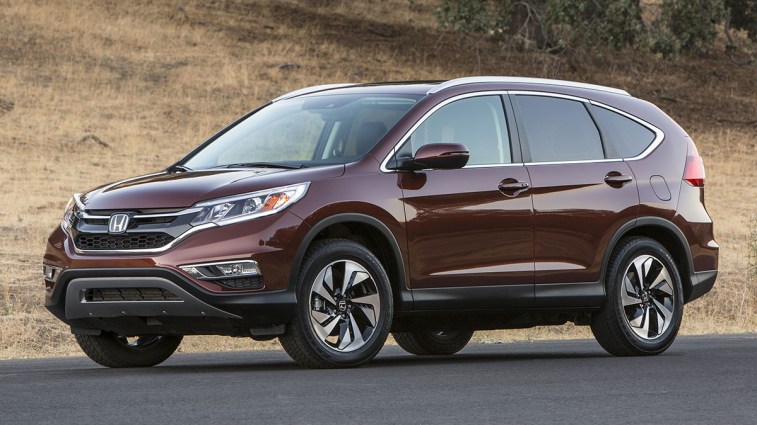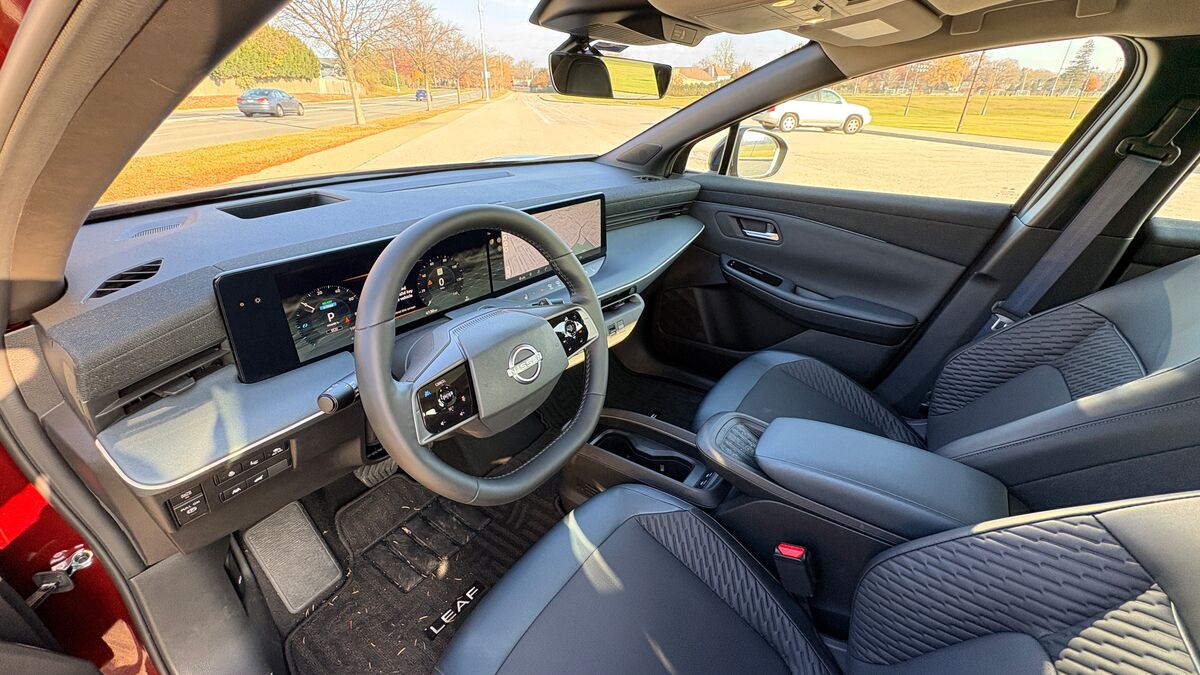Introduced by Honda in 1997 as the name for its car-based utility vehicle, the acronym “CRV” (as in Honda CR-V) represents a mix between a car or minivan and a sport utility vehicle, or SUV. There are at least two official definitions of its meaning. Some say it stands for “compact recreation vehicle,” while others insist it’s short for “comfortable runabout vehicle.”
The acronym hasn’t caught on. Consumers and car manufacturers have gravitated to the more generic term “crossover SUV” to describe all of these vehicles. While technically in use since 1987, the term “crossover” shows no signs of catching on with car buyers, although marketing agencies seem determined to ram it down consumers’ throats.
Spruced up with modern styling and sleek lines, crossover SUVs like the Honda CR-V appeal to consumers who want to carry cargo and passengers and at least look like they can go off-road. They offer interior comfort and luxury features minivan owners want, without the lunch-box, mom-and-pop looks. They ride higher and help make people feel safe on the road without the compromised fuel efficiency of the biggest SUVs.








